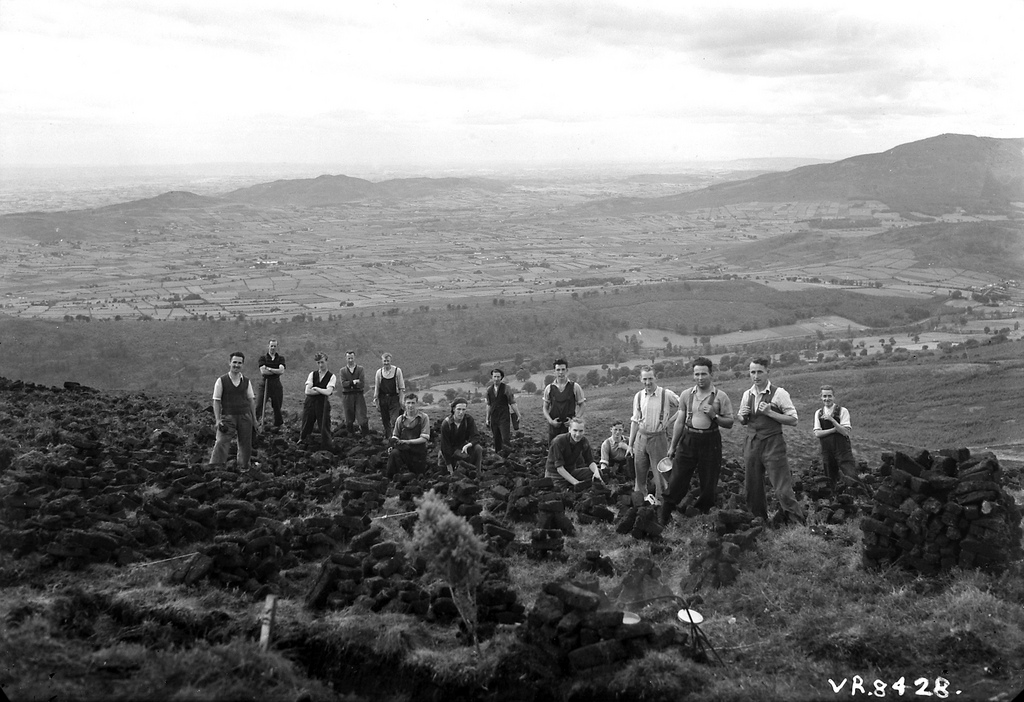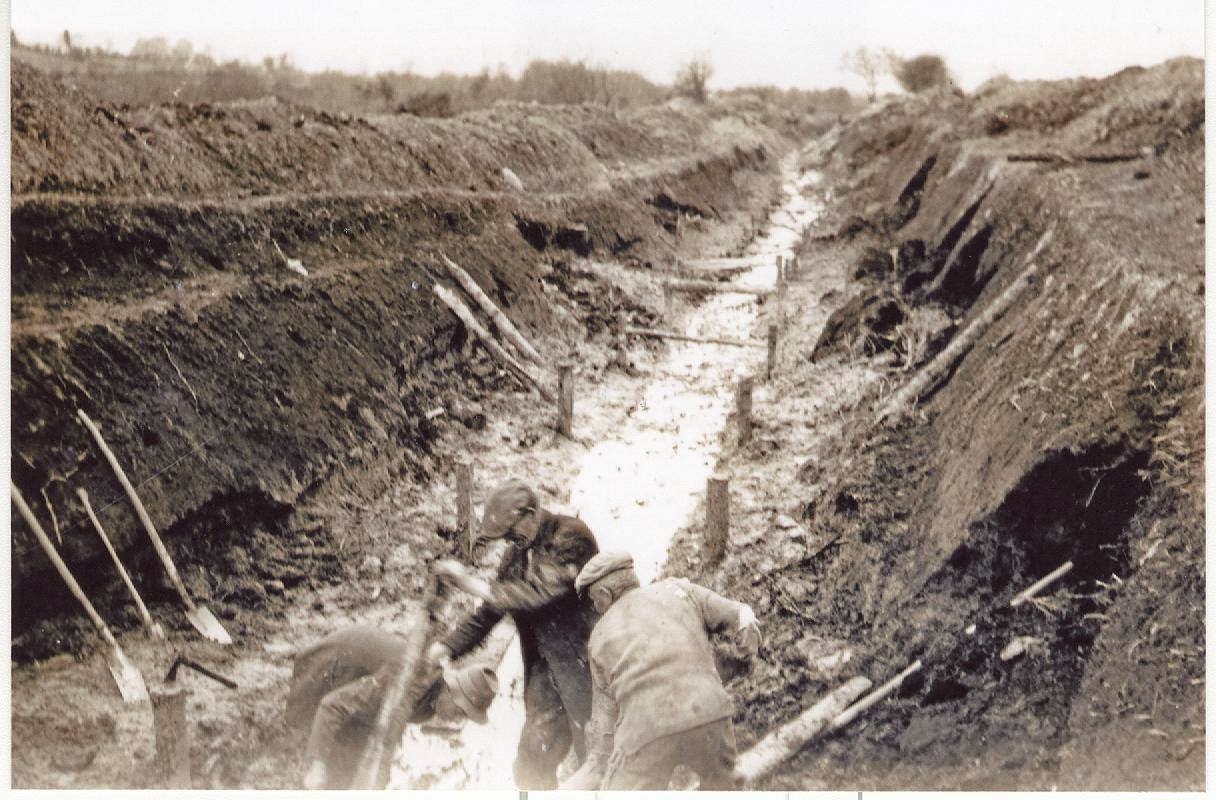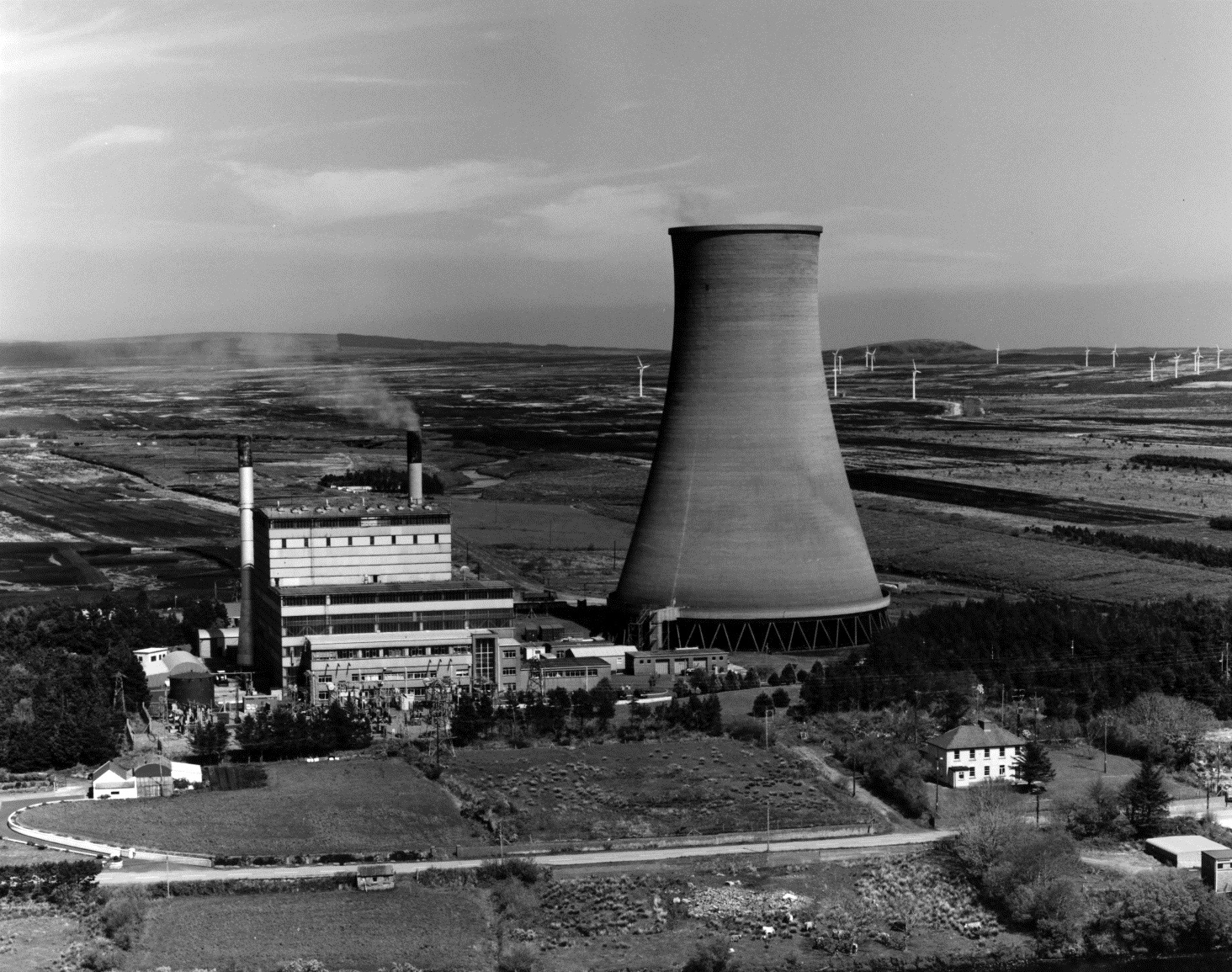The story of peat in Ireland
Peat harvested from local bogs has been used for centuries for cooking and heating in Ireland. With the depletion of this country’s natural woodland in the 1600s, peat became an important source of indigenous fuel for households. Throughout the 20th century, peat was prized as a source of rural employment and an alternative fuel for heating and electricity generation during disruptions to coal supply in World War I and II. Peat is still used to generate electricity and as a fuel for home fires to this day, however, sustainable energy policy and bogland conservation programmes indicate phasing out harvesting peat as a primary source of energy post 2030.
Peat harvested from local bogs has been used for centuries for cooking and heating in Ireland. With the depletion of this country’s natural woodland in the 1600s, peat became an important source of indigenous fuel for households.
The first industrial-scale harvesting of hand-won peat or turf took place in 1825 at Mona Bog beside the Shannon, where it continued until the end of the 19th century. In 1850, Colonel Kitchener in County Kerry discovered how to produce peat briquettes, which had a higher calorific value than traditional sods, while experimenting with peat charcoal in an attempt to manufacture gunpowder.
The modern Irish peat industry was established in the 1930s when the Turf Development Board was set up to manage peat development, encourage self-sufficiency and generate rural employment. With the onset of the Second World War in 1939, there was widespread rationing and shortages of imported fuel. By early 1942, government policy aimed to replace the shortages of coal in Dublin with turf.
Bord na Mona took over from the Turf Development Board at the end of the war and provided the fuel for the first sod peat fired power station in Portalington in 1950. Between 1950 and 1967, sod peat electricity generating stations totalling 117 MW and milled peat stations with a combined generation capacity of 290 MW were built by the ESB. Bord na Mona’s investment in peat briquette production and peat harvesting for electricity generation had a large impact on rural development at that time, particularly in the West and the Midlands. The oil crises of 1956 (Suez) and of 1973 were to cement the rationale for the development of peat-powered plants to diversify the Irish electricity system and avoid the risk of blackouts and rationing.
Of the ten peat-burning power plants built, six have closed – Bellacorick, Lanesborough, Portarlington, Shannonbridge, Ferbane, Rhode and Portarlington – and three remain: Edenderry, Lough Ree and West Offaly.
Today, most extracted peat is used in electricity generation but many households continue to burn peat, either as peat briquettes or privately harvested turf. There are indications of a continuing decline in the use of peat in electricity generation as the EU emissions trading scheme and sustainable energy policy incentivise co-firing of peat with solid biomass.
Conservation programmes have restricted further exploitation of boglands for peat harvesting. In 2015, Bord na Mona announced its intention to phase out the harvesting of peat for energy by 2030 in favour of biomass, wind power and solar generation.


